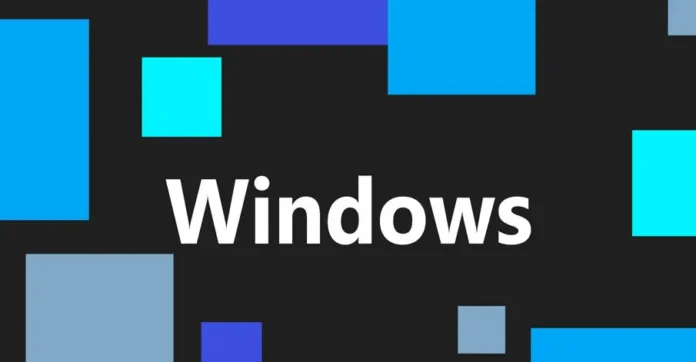
Microsoft is reuniting its key Windows engineering teams under a single organization as part of a significant reorganization announced today. The restructuring follows the recent promotion of Pavan Davuluri to president of Windows and devices, consolidating leadership to bring focus, alignment, and strategic clarity across both Windows client and server teams.
The move aims to centralize most Windows engineering under one division, enhancing efficiency and delivering more coherent progress on Microsoft’s priorities. “This change unifies Windows engineering work under a single organization,” Davuluri wrote in an internal memo, emphasizing that the reorganization will allow the company to better focus on its key objectives. By combining the teams, Microsoft seeks to streamline decision-making, reduce operational redundancies, and accelerate innovation across its Windows platform.
Under the new structure, leaders of Core OS, Data Intelligence and Fundamentals, Security, and Engineering Systems will now report directly to Davuluri. This centralization brings most Windows engineering functions under unified leadership, enabling closer coordination and a stronger alignment with Microsoft’s broader vision of Windows as an Agentic OS—a platform designed to proactively assist users through intelligence and automation.
While the majority of Windows development, including work on Windows 11, will now fall under this unified leadership, some low-level Windows components will continue to be managed within Azure teams. The reorganization reflects Microsoft’s strategic emphasis on delivering a more integrated and seamless Windows experience, strengthening both innovation pipelines and operational focus.
This is the first major restructuring of Windows engineering since Davuluri’s appointment as president. It highlights Microsoft’s intent to reinforce Windows as a cornerstone of its ecosystem, balancing client, server, and security priorities while driving forward its next-generation platform vision. By unifying engineering efforts, the company aims to accelerate development cycles, improve cross-team collaboration, and enhance the overall quality and performance of Windows products.
The consolidation signals Microsoft’s commitment to maintaining Windows’ leadership in the operating system market while preparing for future technological shifts that emphasize AI, automation, and user-centric experiences.





